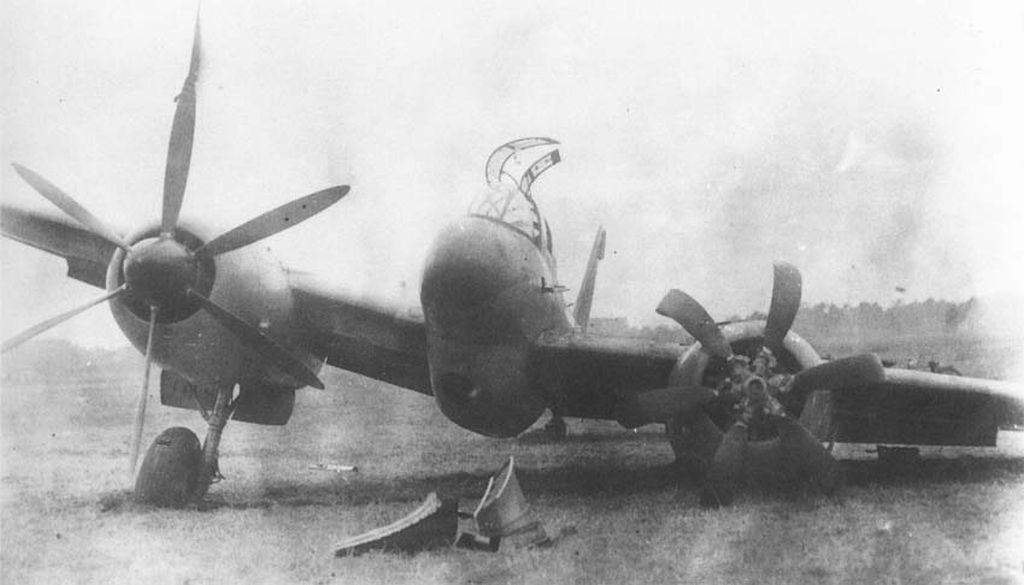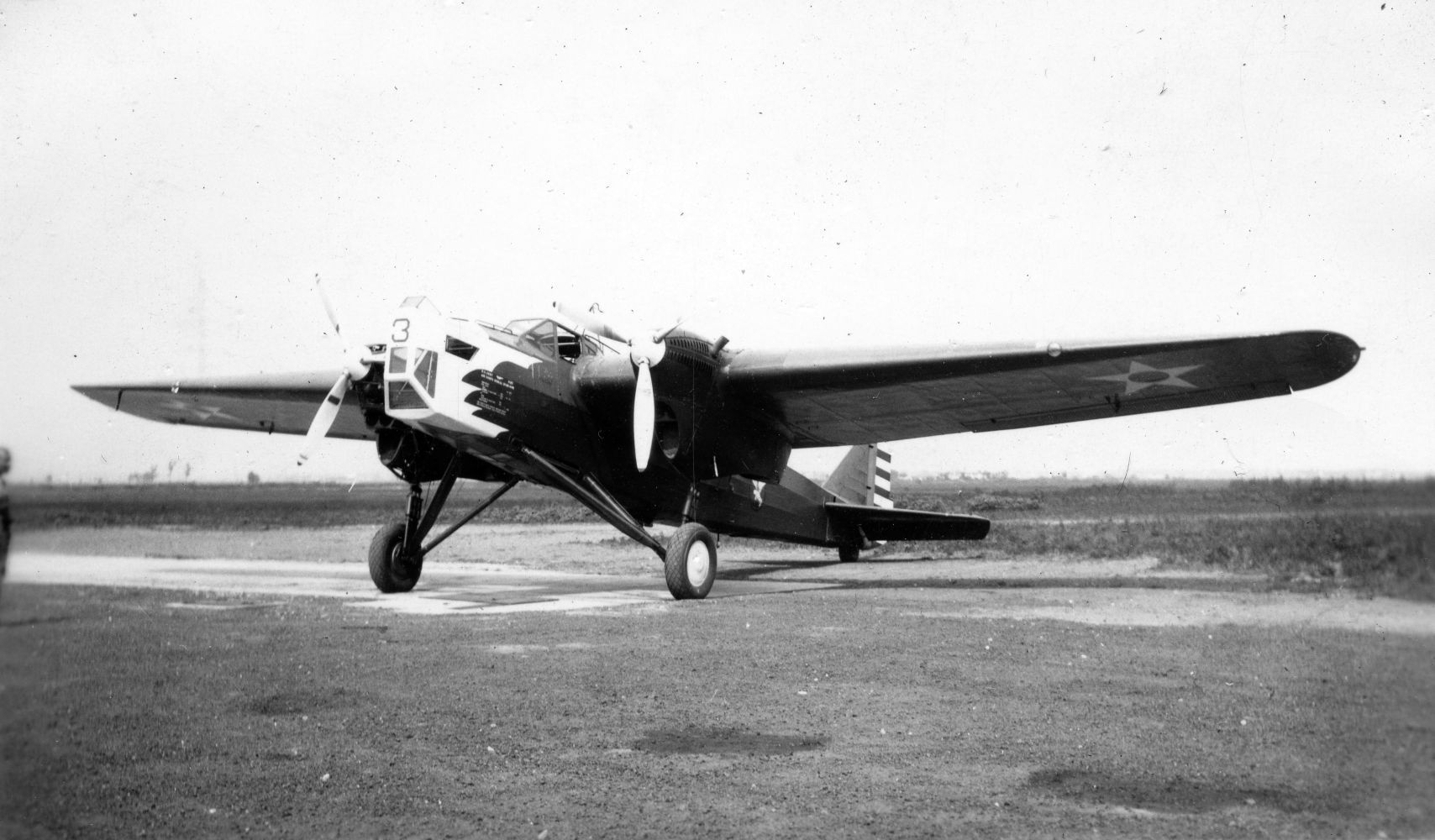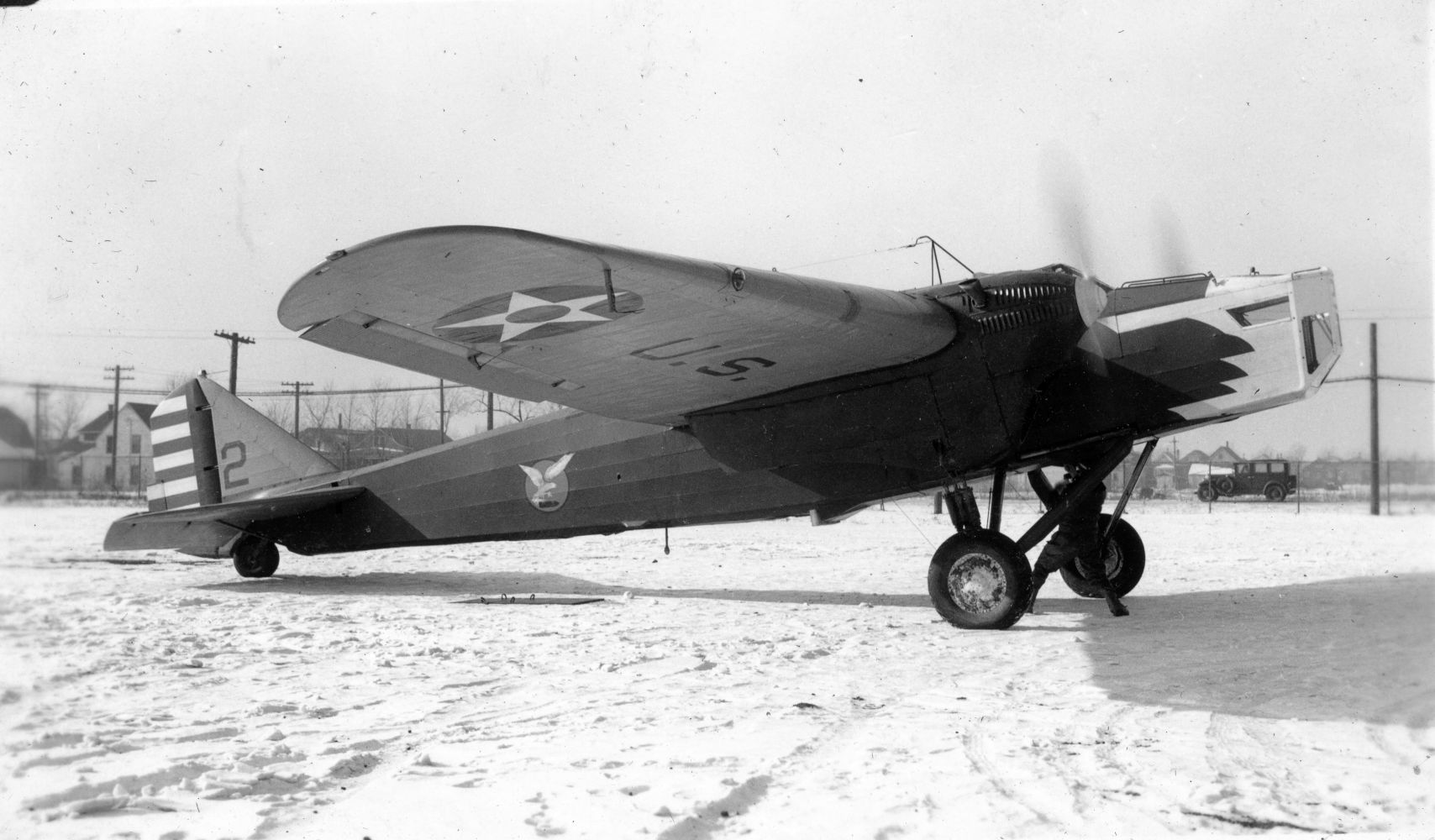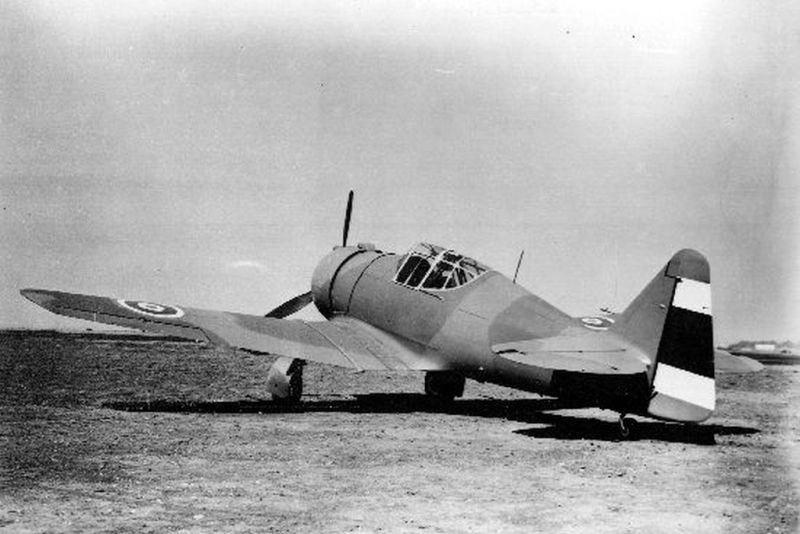Forums
- Forums
- Axis And Allies Forum
- General Discussion
- I Need An Aspirin
I Need An Aspirin
Post a reply
- Go to Previous topic
- Go to Next topic
- Go to Welcome
- Go to Introduce Yourself
- Go to General Discussion
- Go to Screenshots, Images and Videos
- Go to Off topic
- Go to Works in Progress
- Go to Skinning Tips / Tutorials
- Go to Skin Requests
- Go to IJAAF Library
- Go to Luftwaffe Library
- Go to RAF Library
- Go to USAAF / USN Library
- Go to Misc Library
- Go to The Ops Room
- Go to Made in Germany
- Go to Campaigns and Missions
- Go to Works in Progress
- Go to Juri's Air-Raid Shelter
- Go to Campaigns and Missions
- Go to Works in Progress
- Go to Skinpacks
- Go to External Projects Discussion
- Go to Books & Resources
-
 Level 6Modified Tu-2?
Level 6Modified Tu-2? -
 Level 1For some reason it looks like a Dinah (?), the Ki-45. But the engine nacelles, props and whatever that bump is on the ventral portion of the fuselage tell me otherwise. Keen to see what it is. Thanks
Level 1For some reason it looks like a Dinah (?), the Ki-45. But the engine nacelles, props and whatever that bump is on the ventral portion of the fuselage tell me otherwise. Keen to see what it is. Thanks
Derek -
 AdminRikugun Ki-93.
AdminRikugun Ki-93.
Man, I'm on a roll lately! -
 Main AdminWOW Jim, hat trick mate.
Main AdminWOW Jim, hat trick mate.
It is the Ki-93.
Below TEXT from WIKKI
In mid 1941, a team was set up at the Japanese Army Aerotechnical Research Institute (or Rikugun Kokugijutsu Kenkyujo, known by the abbreviation Giken) to study advanced military aircraft. The team drew up preliminary designs for a twin-engined heavy fighter for the Imperial Japanese Army Air Force, to be powered by two Mitsubishi Ha-211 radial engines and estimated to reach a speed of 680 km/h (422 mph). In July 1942, the design, along with some of the team from Giken, was passed to the First Army Air Arsenal (Dai-Ichi Rikugun Kokusho or Kosho) at Tachikawa for further development. Here, the design was refined, with more powerful Mitsubishi Ha-214 radials substituted and a heavy cannon armament added.
Approval to build prototypes of the new fighter, designated Ki-93, was given on 22 February 1943. The Ki-93 was a low-winged monoplane of all metal construction, with the crew of two sitting in tandem under a canopy at the front of the fuselage, and a ventral gondola slung under the fuselage to accommodate large cannons. The wing was of laminar flow section. Two variants were planned, the Ki-93-Ia bomber destroyer, armed with a 57 mm and two 20 mm cannon, and the Ki-93-Ib anti-shipping aircraft, which would have a 75 mm gun in the gondola and would also carry two 250 kg (550 lb) bombs.
The first prototype proved to be overweight, while the new engines gave much less power than expected, delivering only 1,970 hp compared with the expected 2,700 hp. The Ki-93 made its first flight on 8 April 1945 from Tachikawa airfield; a successful 20 minute test of its low-speed handling characteristics, piloted by Lt. Moriya of the Koku Shinsa-bu (Air Examination Department) with 2nd Lt. Ikebayashi in the second seat. Unfortunately, the pilot undershot the runway and touched down in soft soil, ground-looping the aircraft and tearing off the port undercarriage leg and engine mount, also bending the six-blade propeller. Repairs were completed in four weeks but, the night before the scheduled second test flight, a B-29 bombing raid on Tachikawa destroyed the hangar housing the aircraft.
Below the errant landing
And the prize.
Well done Alan.
-
 Main Admin
Main Admin -
9 years agoSun Aug 24 2014, 01:55pm
 Main AdminA clue it has two engines
Main AdminA clue it has two engines
And it is was made in North America
-
9 years agoSun Aug 24 2014, 01:56pm
 Main AdminThe fuselage was made of steel tubing and was covered with fabric. The aircraft was powered by a pair of Curtiss V-1570-9 Conqueror twelve-cylinder liquid-cooled engines mounted in the leading edge of the wing.
Main AdminThe fuselage was made of steel tubing and was covered with fabric. The aircraft was powered by a pair of Curtiss V-1570-9 Conqueror twelve-cylinder liquid-cooled engines mounted in the leading edge of the wing.
-
 AdminFokker XB-8
AdminFokker XB-8 -
 Main AdminWell done mate, close enough, its actually an earlier version, the Fokker XO-27.
Main AdminWell done mate, close enough, its actually an earlier version, the Fokker XO-27.
Text From J Baugher
The Fokker Aircraft Corporation of Teterboro, New Jersey (formerly known as the Atlantic Aircraft Corporation) was the American subsidiary of the famed Dutch-based Fokker corporation. Fokker was a pioneering designer of monoplane aircraft for both the civilian and the military market.
In 1929, the Fokker design department at Teterboro developed a proposal for an observation aircraft that could replace the Douglas O-25. The aircraft (designated Model 16 by the company) was a true cantilever monoplane with no struts or rigging wires. The plywood-covered high-mounted wing was similar to those fitted to contemporary Fokker commercial aircraft and was made of wooden box spars with plywood spars and ribs, covered with a plywood veneer. The fuselage was made of steel tubing and was covered with fabric. The aircraft was powered by a pair of Curtiss V-1570-9 Conqueror twelve-cylinder liquid-cooled engines mounted in the leading edge of the wing. The landing gear was retractable, the first such to be fitted to an Army Air Corps observation or bombardment aircraft. The main gear members retracted backwards into the rear engine nacelles, but the wheels remained only partially enclosed. Three crew members (1 pilot plus two gunners) could be carried in open cockpits. Armament was to consist of two flexible 0.30-inch machine guns, one operated by a gunner in a nose position and the other by a gunner in a dorsal position.
On June 19, 1929, the US Army Air Corps ordered two prototypes of the Model 16 from Fokker. The designation was XO-27. Serials were 29-327/328.
In response to the Fokker design, the Douglas Aircraft Corporation submitted a competing proposal for a twin-engined observation monoplane. On March 26, 1930, the Army ordered two example of the Douglas proposal, one being designated XO-35 and the other XO-36. The two planes were to be almost identical to each other, with the primary difference being that the XO-35 was powered by geared Conquerors and the XO-36 by direct-drive Conquerors.
The performance of the Douglas XO-35/36 and the Fokker XO-27 promised to greatly exceed that of the lumbering Keystone biplanes that were at that time the standard USAAC light bombers. Consequently, in 1929 the Army decided to have the second prototype of both designs completed as a light bomber rather than as an observation plane. The designation XB-8 was assigned to the Fokker design, XB-7 to the Douglas design.
The XO-27 (29-327) was first tested at Wright Field on October 20, 1930. The prototype was later fitted with an enclosure over the pilot's cockpit and was fitted with geared V-1570-29 engines, being redesignated XO-27A.
In 1930, Fokker-America was absorbed by the General Aviation Corporation, which was a subsidiary of General Motors, the large automobile manufacturing concern. On April 11, 1931, the company received a contract for six service test B-8s (two YB-8s and four Y1B-8s. Serials 31-587/592 were issued. On May 13, 1931, six service test Y1O-27s were ordered (31-598/603). They were broadly similar to the YO-27s. These were initially fitted with 600hp Curtiss GIV-1570C Conquerors, but these were replaced during December 1932 with GIV-1570F (V-1570-29) geared units.
The XB-8 (29-328) was delivered to Wright Field at Dayton, Ohio in February of 1931. After completing only a few flights, the XB-8 was damaged in an accident. It was repaired and test flights resumed. However, the XB-8 did not have as good a performance as the competing Douglas XB-7, and only one example of the XB-8 was built. The contract for two more prototypes and four service-test aircraft (two YB-8s and four Y1B-8s) was cancelled and was converted into a contract for six YO-27 aircraft. In any case, the advances in bomber design that took place in the early 1930s had become so rapid that both the XB-7 and XB-8 were quickly deemed obsolete and no production was ordered for either design.
The dozen production YO-27 and Y1O-27 observation aircraft were delivered to the USAAC between May 15, 1932 and January 6, 1933. The first YO-27 was issued to the 12th Observation Group based at Brooks Field, Texas. Five squadrons were ultimately equipped with these planes--two observation, two bombardment, and one pursuit squadron. These planes were operated primarily for radio practice flights, night navigation training, and long-distence cross-country practice flights. There were numerous accidents, most of which were caused by landing gear failures. However, the aircraft was relatively easy to fly, with no vicious flight characteristics. Surviving YO-27s were surveyed and scrapped during the mid 1930s and none survive today.
In 1933, the General Motors Corporation underwent a major reorganization and combined its General Aviation Corporation subsidiary into a large conglomerate along with other GM-owned aircraft companies such as Berliner-Joyce and the Curtiss-Caproni Corporation. This conglomerate was also known as the General Aviation Corporation. The complex of General Motors aircraft plants was later organized as the Eastern Aircraft Division and was to manufacture thousands of aircraft under license during the Second World War.
Serials:
29-327 Fokker XO-27
29-328 Fokker XB-8
31-587/592 Fokker YB-8 (delivered as YO-27)
31-598/603 Fokker Y1O-27
Specification of the Fokker/General Aviation XB-8:
Two 600 hp Curtiss V-1570-23 Conqueror twelve-cylinder liquid-cooled Vee engines. Maximum speed: 160 mph at sea level. Weights: 6861 pounds empty, 10,545 pounds gross. Dimensions: wingspan 64 feet, length 47 feet, height 11 feet 6 inches, wing area 619 square feet. Armed with two 0.30-inch machine guns, one in a flexible nose position and the other in a flexible dorsal position.
Sources:
United States Military Aircraft Since 1909, Gordon Swanborough and Peter M. Bowers, Smithsonian, 1989.
American Combat Planes, Ray Wagner, Third Edition, Doubleday, 1982.
U.S. Army Aircraft, 1908-1946, James C. Fahey
Fokker Twilight--Last of the US Military Fokkers, Alain Pelletier, Air Enthusiast, May/June 2005, No. 117.
And the coveted prize
-
 Main Admin
Main Admin
Post a reply
- Go to Previous topic
- Go to Next topic
- Go to Welcome
- Go to Introduce Yourself
- Go to General Discussion
- Go to Screenshots, Images and Videos
- Go to Off topic
- Go to Works in Progress
- Go to Skinning Tips / Tutorials
- Go to Skin Requests
- Go to IJAAF Library
- Go to Luftwaffe Library
- Go to RAF Library
- Go to USAAF / USN Library
- Go to Misc Library
- Go to The Ops Room
- Go to Made in Germany
- Go to Campaigns and Missions
- Go to Works in Progress
- Go to Juri's Air-Raid Shelter
- Go to Campaigns and Missions
- Go to Works in Progress
- Go to Skinpacks
- Go to External Projects Discussion
- Go to Books & Resources


